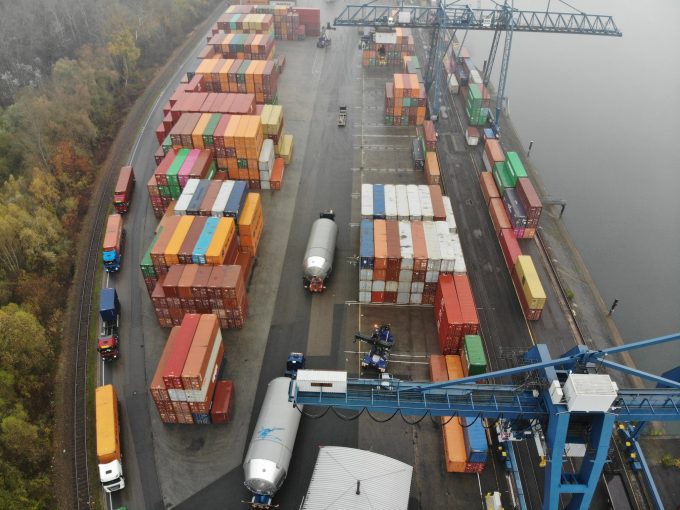Maersk skips call at Rotterdam as labour issues bring delay
Labour unrest at the port of Rotterdam has exposed long-standing issues and diminishing hopes of ...

Handling times may have halved in a week, but this masks a deteriorating situation along North Europe’s inland waterways.
Low water levels mean barges are less likely to be able to carry full loads.
Contargo is reporting wait times of just 36 hours, the lowest this year, ...
Keep our news independent, by supporting The Loadstar
Red Sea crisis has driven most new capacity into extended Asia-Europe trades
Carrier price hikes hold, driving spot rates higher as space gets scarcer
Crew forced to abandon ship in latest fire on vessel carrying EVs
The Loadstar Podcast | Transport Logistic and Air Cargo Europe 2025
Explosions and 'out-of-control' fire reported on Wan Hai box ship
'Now or never' for Kuehne and DHL GF to hit back at DSV
Carriers on the hunt for open tonnage again as transpacific rates soar

Comment on this article
Michel van Dijk
December 07, 2021 at 8:31 amOld news, Kaub is already at 242 again this morning so no worries about transport capacities. It is not the size of the terminals in the ports it is the split between deepsea, transshipment and barges on the quay that influences the productivity of the terminal. If the terminals would have more space there would be far more transshipment in order to regain better rotations for the Ultra Large Vessels. This would make things even worse. Only measurement to make impact is keeping the productivity high. The way to do is not only in the descission of the Carrier but also in the contracts for carriage and all specific regulations who impact behaviour of the individual cargo.